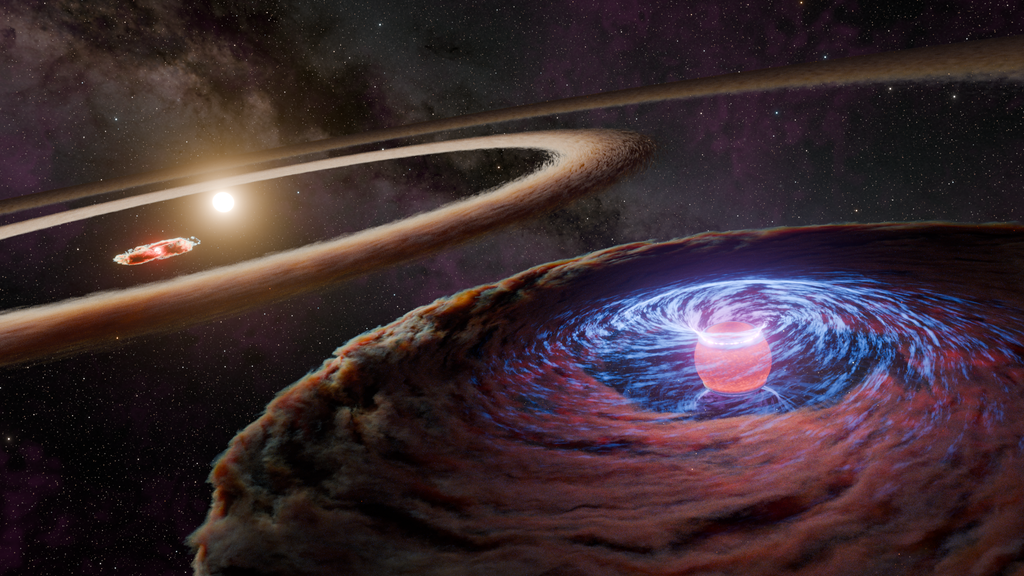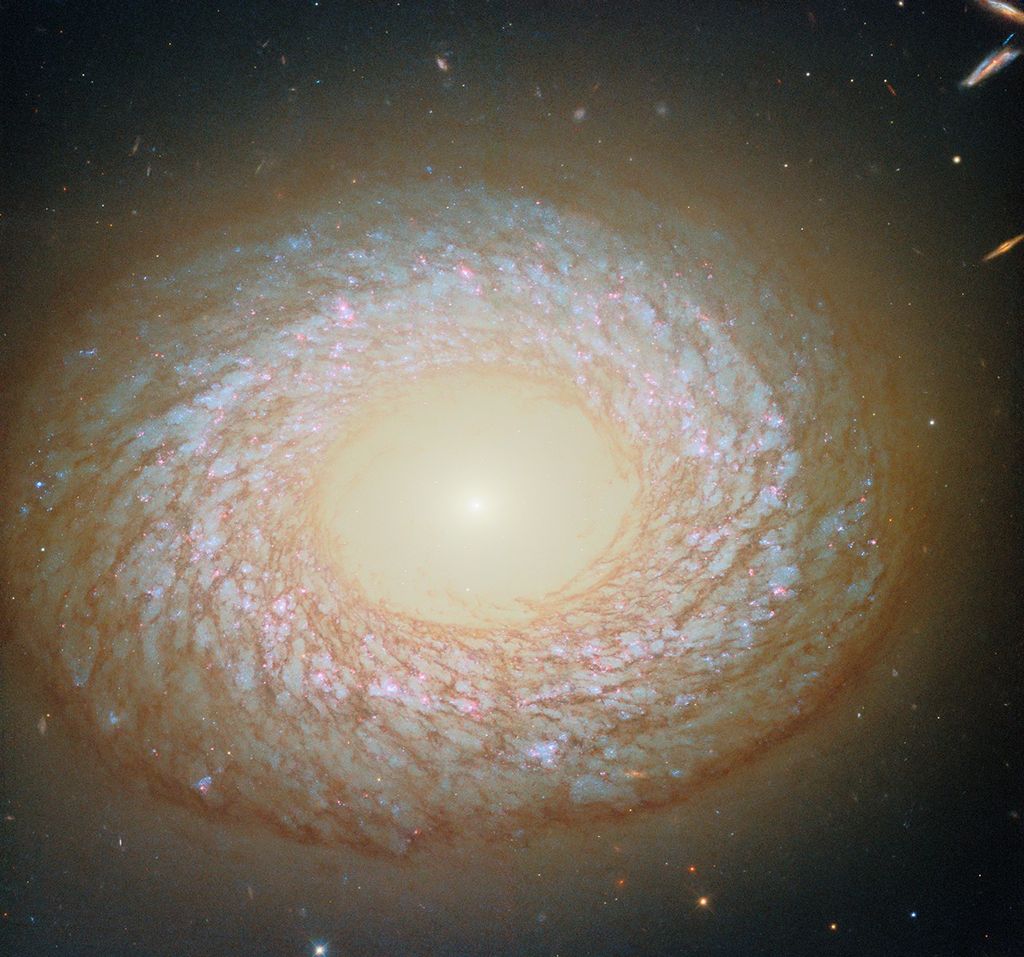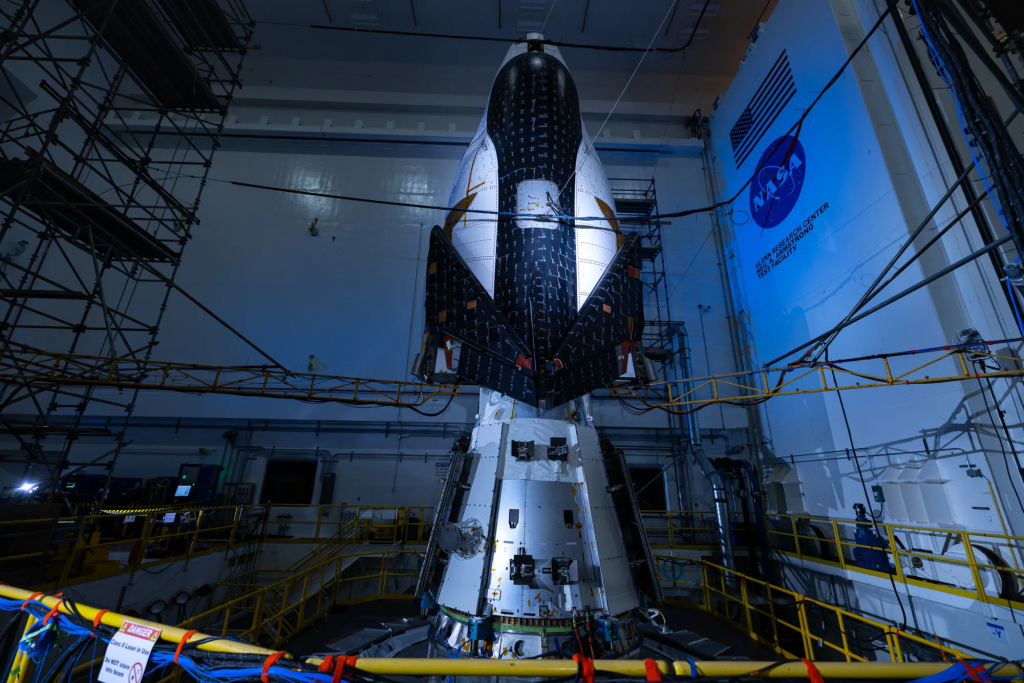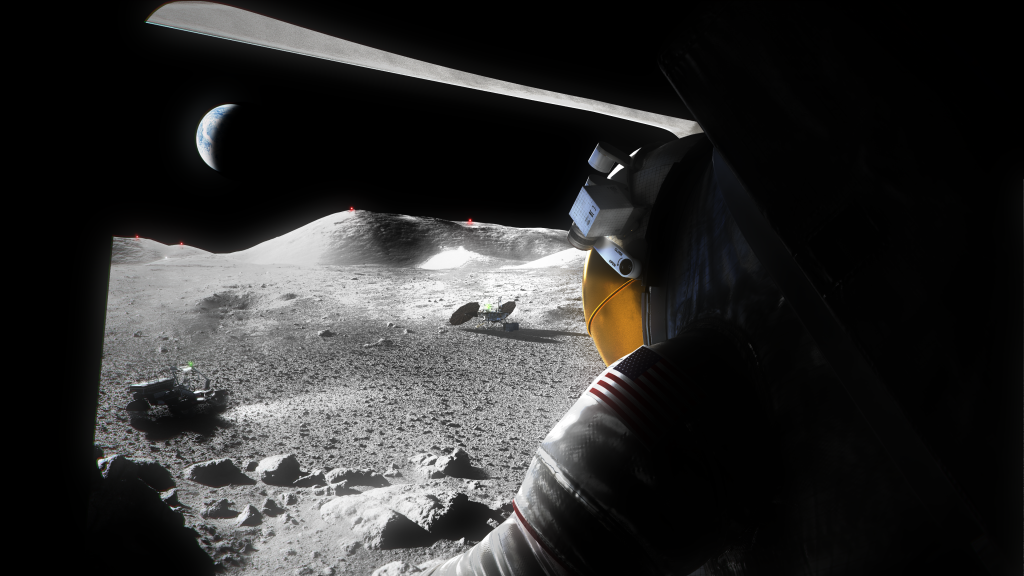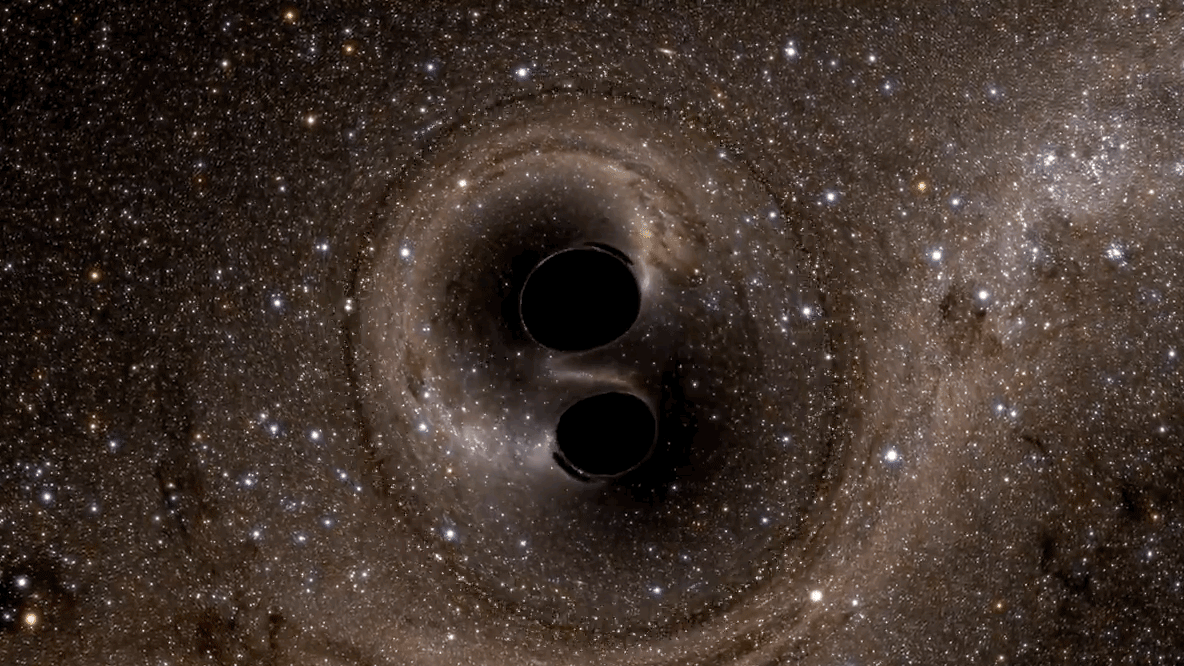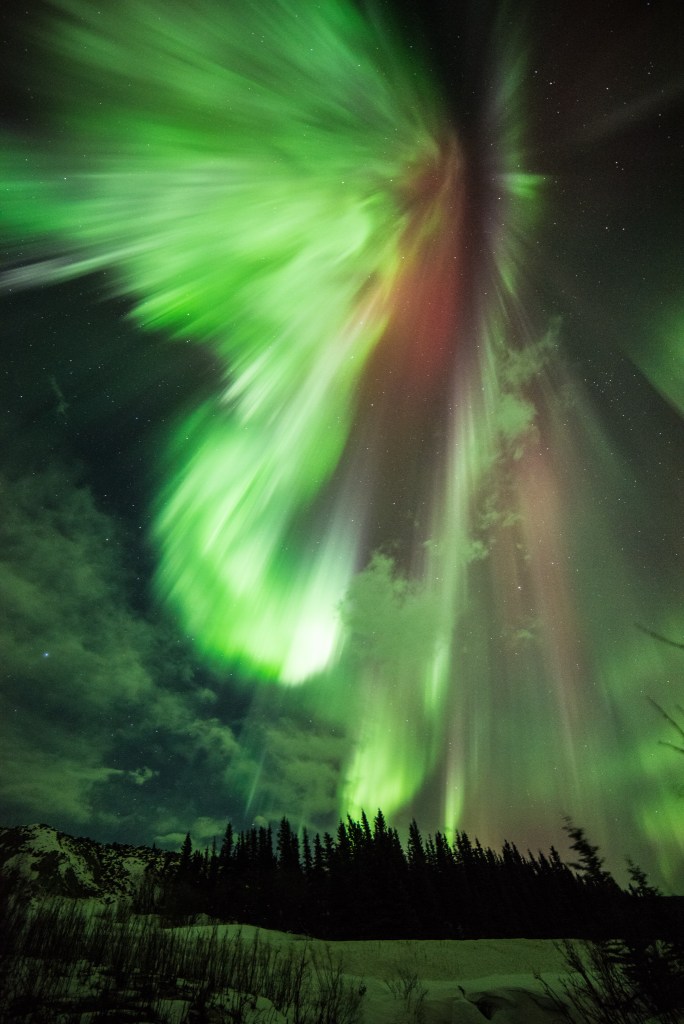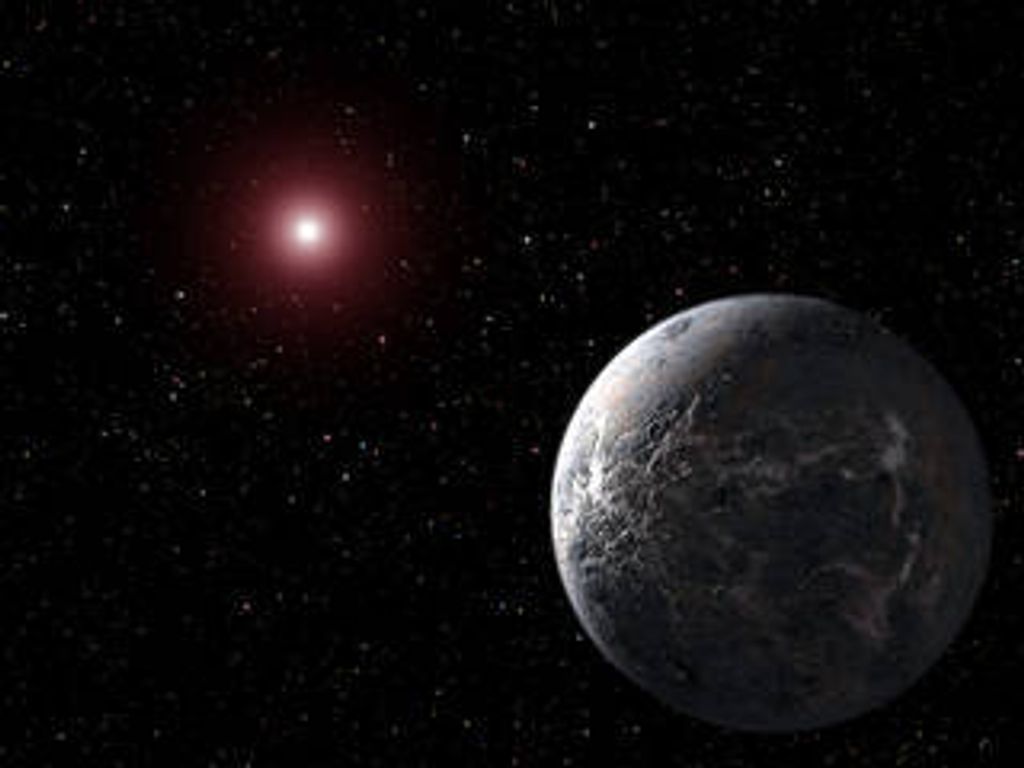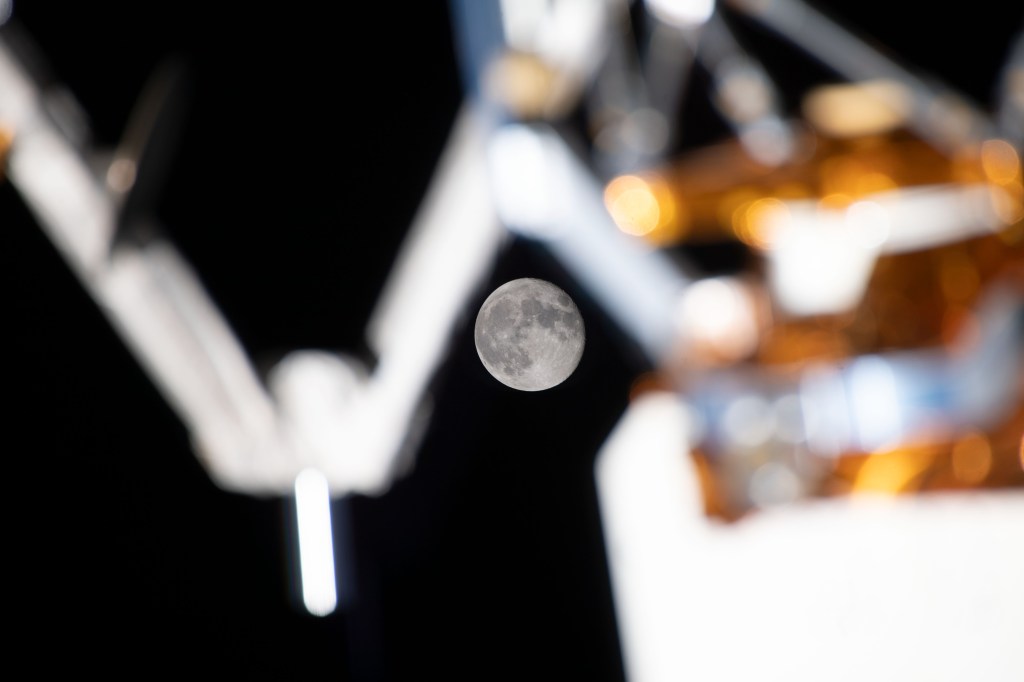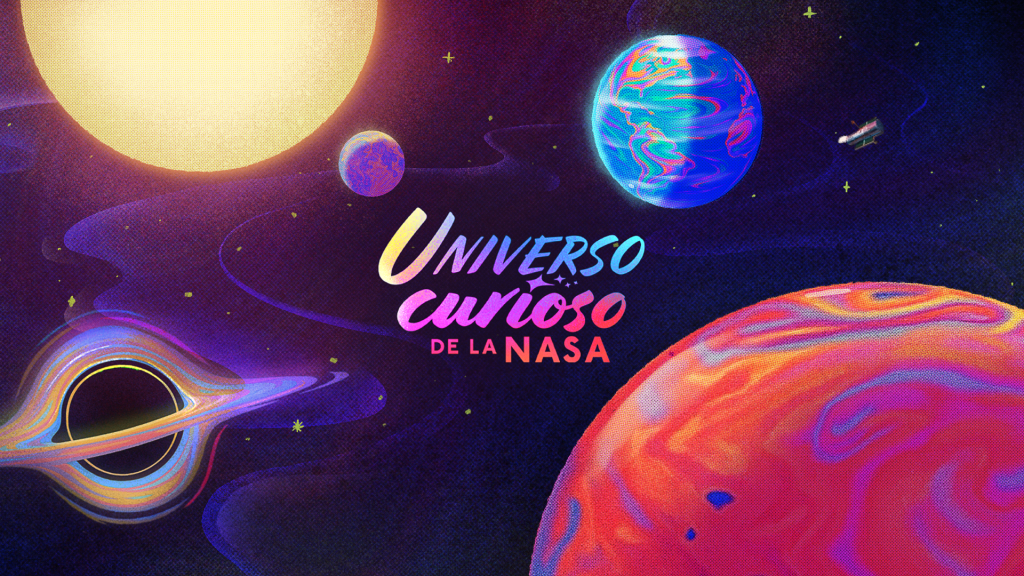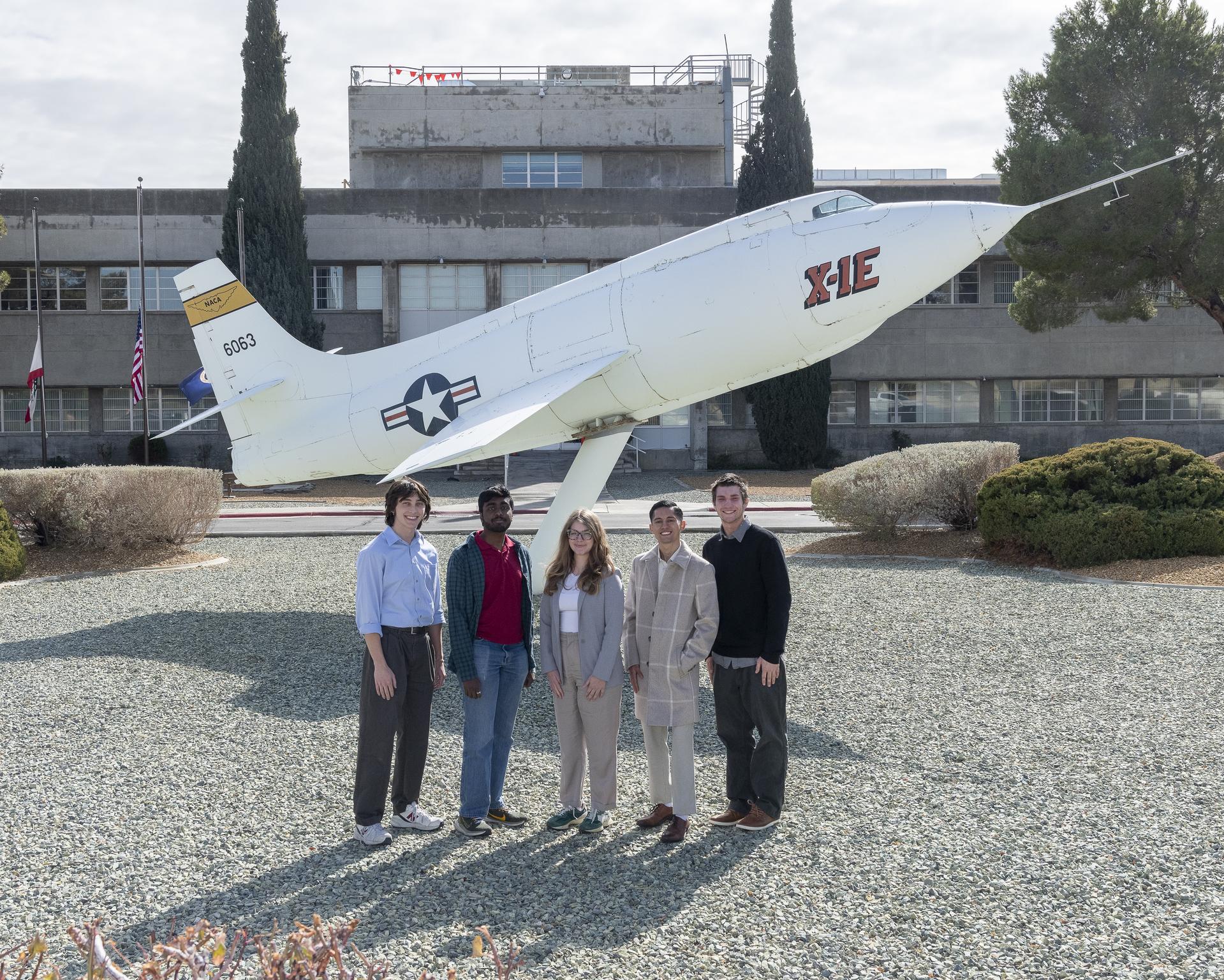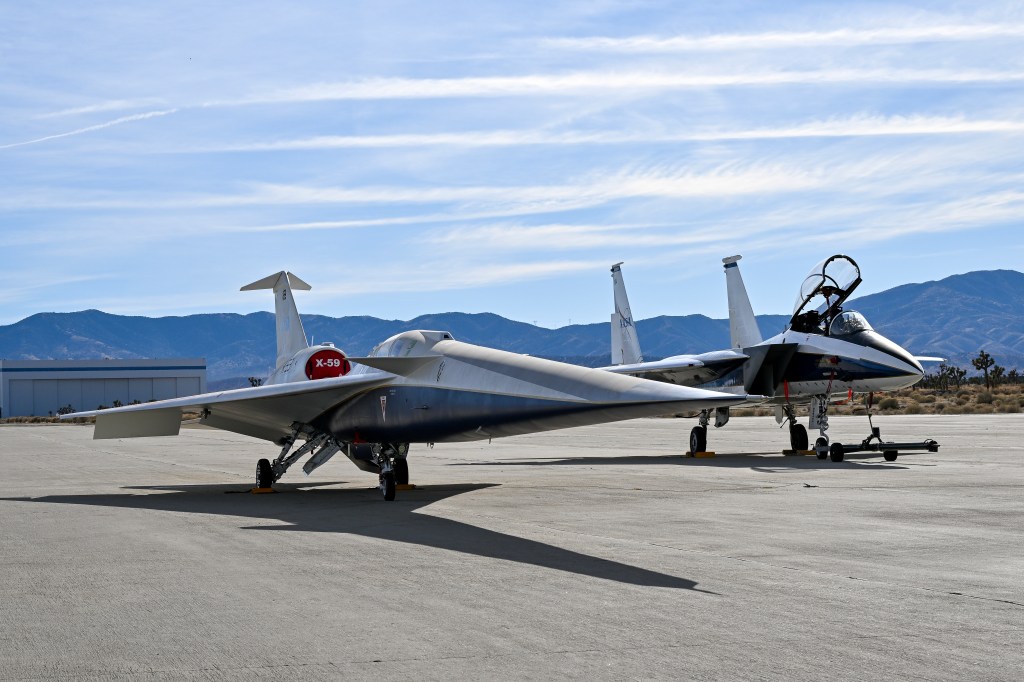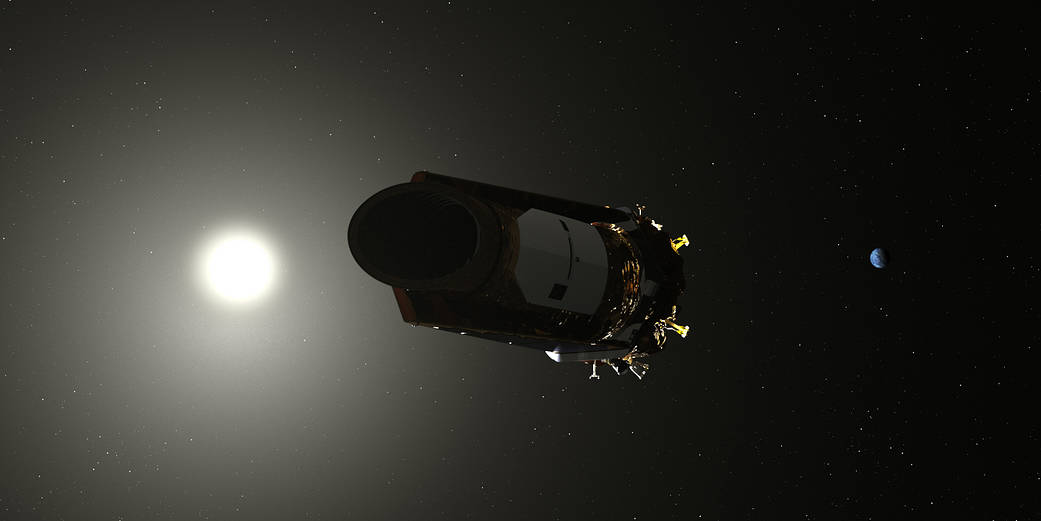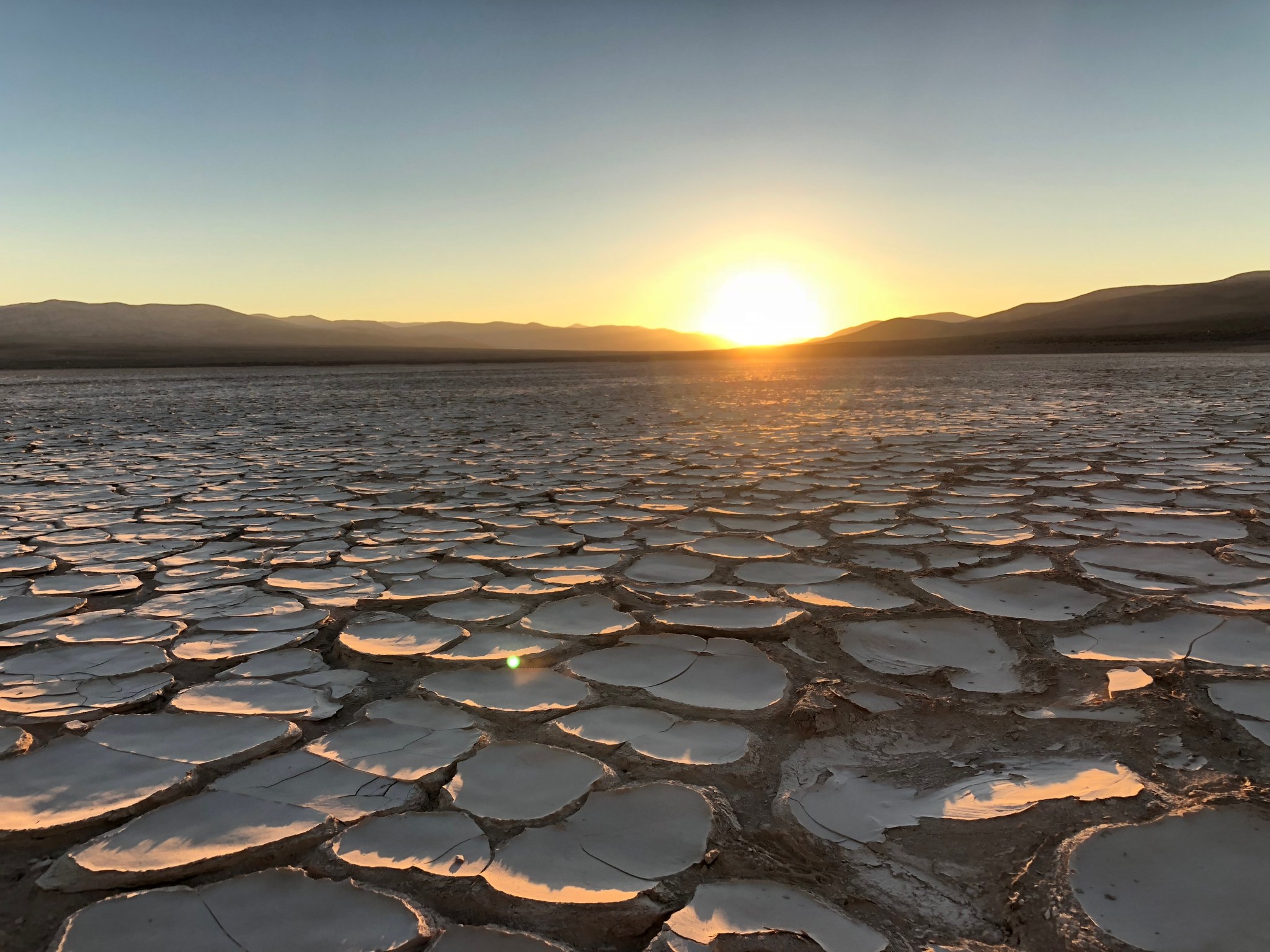Kepler Spacecraft Pauses Science Observations to Download Science Data
by Tiffany Blake
NASA’s Kepler team recently received an indication that the spacecraft fuel tank is running very low. NASA has placed the spacecraft in a hibernation-like state in preparation to download the science data collected in its latest observation campaign. Once the data has been downloaded, the expectation is to start observations for the next campaign with any remaining fuel.
For full story, see: KeplerScienceData
Planetary Defense Has New Tool in Weather Satellite Lightning Detector
by Abigail Tabor
NASA’s efforts to better understand asteroid impacts has found unexpected support from a new satellite sensor designed to detect lightning. New research published in the journal Meteoritics and Planetary Science finds that the new Geostationary Lightning Mapper, or GLM, on two weather satellites is able to pick up signals of meteors in Earth’s atmosphere.
“GLM detects these meteors when they become brighter than the full Moon,” says lead author and meteor astronomer Peter Jenniskens of the SETI Institute and NASA Ames. “Meteors that bright are called ‘bolides’ and they are caused mainly by the impact of small asteroids.”

For full story, see: PlanetaryDefenseTool
Is Mars’ Soil Too Dry to Sustain Life?
by Frank Tavares
Life as we know it needs water to thrive. Even so, we see life persist in the driest environments on Earth. But how dry is too dry? At what point is an environment too extreme for even microorganisms, the smallest and often most resilient of lifeforms, to survive? These questions are important to scientists searching for life beyond Earth, including on the planet Mars. To help answer this question, a research team from NASA Ames traveled to the driest place on Earth: the Atacama Desert in Chile, a 1,000 kilometer strip of land on South America’s west coast.
The Atacama Desert is one of the Earth’s environments that comes closest to the parched Martian surface. But the Atacama isn’t uniformly dry. When traveling from the relatively less dry southern end of the desert in central Chile to its extremely dry center in northern Chile, the annual precipitation shifts from a few millimeters of rain per year to only a few millimeters of rain per decade.
For full story, see: MarsAtacama
NASA Launches Channel for Roku
by Jessica Culler
There’s a new way for people to learn about NASA’s exciting missions and thought-provoking discoveries: The agency now has a channel for Roku digital media streaming devices.
Users can install the app for free to access NASA content. This channel, a version of the NASA app, is similar to previous versions of the app developed for iOS, Android, Amazon Fire TV and Apple TV devices. Users have downloaded the NASA app more than 18 million times across all platforms.
For full story, see: RokuNASA
Planet-Shifting Collision Shaped Uranus’ “Rolling” Rotation
by Frank Tavares
Scientists have always wondered how Uranus got tilted so much that it spins on its side, and now research on the planet’s early formation gives us new insight. Four billion years ago, scientists believe a young proto-planet of rock and ice collided with Uranus, causing its extreme tilt. Instead of rotating like a top spinning nearly upright, as Earth does, the planet “rolls” on its side as it circles the sun.
Ames Holds Public Event Showcasing its Earth, Moon and Mars Research

Visitors at Mountain View Tech Showcase Learn about Technologies at Ames

S. Pete Worden Discusses Breakthrough Initiatives/Searching for Life in the Universe

Brian Muirhead Presents Overview of Mars Sample Return Mission Campaign

Douglas Caldwell of SETI Describes Current Exoplanet Studies and Next Steps

Ames Employees Enjoy the Nice Weather During a Fourth of July Celebration Fun Run/Walk
The Ames Fitness Center invited Ames employees to celebrate our country’s independence by participating in this year’s 4th of July Fun Run/Walk on June 27, 2018. The course covered a two-mile stretch starting at the Fitness Center’s parking lot and headed out to North Perimeter Road and back. Contact Marco or Orion at the Fitness Center at ext. 4-5804 for more information about these events and other Fitness Center classes and programs.
Grand Opening at Ames’ Convenience Store “MoonMart” Held
MoonMart, located in the old McDonalds B596, is now officially fully operational! To help celebrate, a grand opening with free hot dogs and fountain sodas was held July 11, 2018. MoonMart’s regular operating hours are Monday through Friday, 7 a.m. to 7 p.m. If employees are looking for fresh food, then they have that. Pizza, hot dogs, Tonados (taquitos) and cookies are cooked daily. Also, they have nachos, pre-made sandwiches and salads and a selection of microwave foods as well.
The store is still in the “loading” process. Not all of the items have been stocked yet, so check back often as they are adding more products regularly. If you have requests or suggestions, let the employees know as they will be happy to check with their vendors to see if they can order the product(s) you’re looking for.
MoonMart also features a Peet’s coffee pick-up window! Simply pre-purchase your coffee drink of choice and select a time to pick it up at the drive-through window. At this time, the drive-through window is only for picking up pre-purchases of coffee on the same day.
Please visit here to order coffee: https://goo.gl/R9JAdB
For additional details please visit the Exchange website: https://exchange.arc.nasa.gov/moonmart/index.html
Statistical Summary of Activities of the Protective Service Division’s Security/Law Enforcement and Fire Protection Services Units for Period Ending June 2018:

